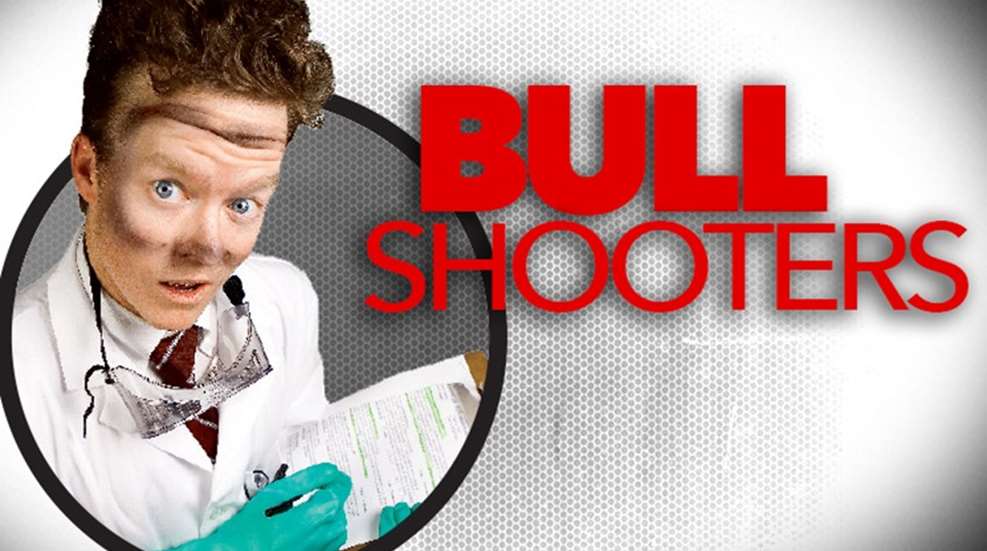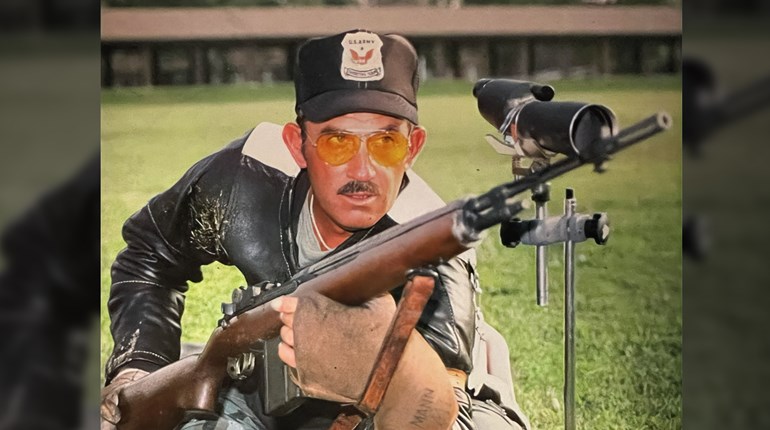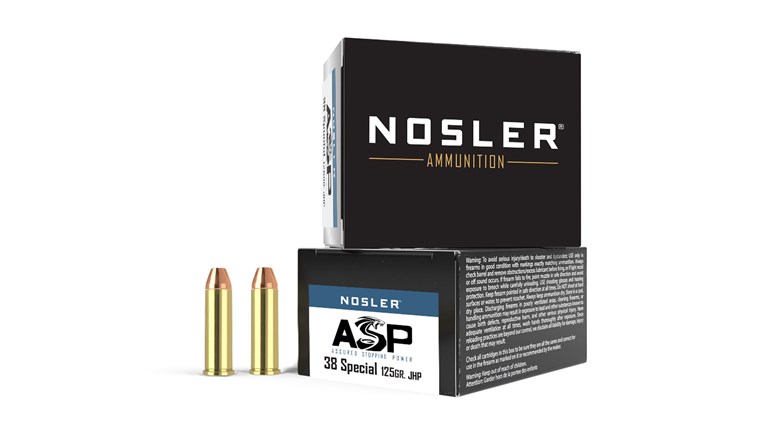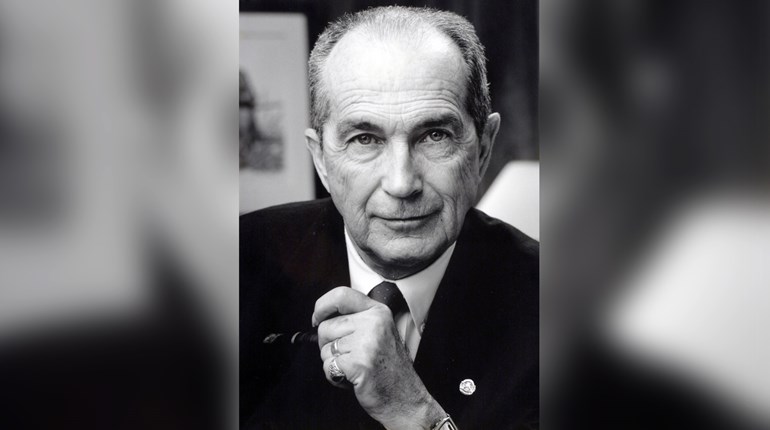
Do spike bucks have inferior genetics? Will culling them improve the quality of your deer population? Should you shoot spikes? The buck stops here.
The Rack-Backstory
With the surplus of whitetail deer over the last 30 years, hunters are becoming awful choosy about the deer they take, often opting to pass up smaller bucks for larger ones. Most hunters correctly realize a buck can only reach top trophy status with three things—proper genetics, nutrition and age. Since the latter two can be more controlled by supplementing/planting food and letting young deer walk, it is the third, genetics, that has stirred many armchair whitetail biologist debates.
Most of us have heard that a yearling buck—a male buck being 1.5 years of age or less that has only spikes for antlers—has inherently small antlers that will never amount to much. So, says the theory, you should harvest them so other branch-antlered yearlings can utilize the nutritional resources, and so the spike bucks do not reproduce and pass on those small genetics.
The Myth
Spike bucks have genetically small antlers and should be culled if the goal is growing big bucks.
The Facts
Texas A&M University has done several studies on the topic, and is the authority on the matter. In one experiment it measured the antlers of 144 whitetail deer that had been bred and raised in large pens. Each had identical nutrition. Some came from branched antlered sires, while others came from spike sires. All were recorded and marked as yearlings, and measured for antler size and body weight at 4.5 years of age.
In a nutshell, the study found the following:
6 Points to Ponder
-Spike sires are more likely to produce spike offspring and vice versa, but only slightly more likely. Therefore, it’s best to judge the individual deer for its present antlers, rather than trying to predict its antler size based on its lineage.
-“Fork-antlered deer produced almost twice the antler mass each year as their spike-antlered counterpart.” (Ott study)
-Yearlings that had 6 points or more grew bigger antlers with each year of age than yearlings that had 4 or 5 points, which were bigger than yearlings with 3 points, which grew bigger antlers than spike deer.
-Therefore, the bigger the yearling, the bigger its ultimate potential.
-Given enough time, spikes will grow branched antlers, and after 4.5 years spikes can become decent bucks, but they will never be as big as a branch antlered yearlings if all else is equal.
-In the study, the average Gross B&C score of adult deer that were fork-antlered yearlings was 127.8 B&C inches while the spike deer averaged 89.9 B&C at maturity.
-A branch antler yearling at 3.5 years of age will have antlers as big or bigger than a spike buck at 4.5 years age,” wrote John D. Williams, Ph.D., Associate Professor Veterinary Medicine, Texas A&M University.
The Pro’s Opinion
John Fredericks of Greystone Castle in Mingus, Texas is a professional whitetail deer manager who is tasked with growing huge trophy whitetails: “I would rather see a yearling 8- or 10-point than a spike, so we cull the spikes out,” opines Fredericks.
"That does not mean he [would never] be a good deer, but to let him grow for two more years to find out does not make any sense to us as a management practice. We are playing a numbers game,” Fredericks said. "We cull all deer with 8 points or less at 3 years old or spikes and 2 year old fork and horn bucks. But we are most definitely in a controlled environment and have taken our average trophy from 130 inches to 180 inches in the last 5 years with this aggressive management practice."
The Simple Answer
Spikes produce smaller antlers than their branch-antlered brothers.
The Rack Reality
The vast majority of us do not own high-fence operations, but instead lease land, hunt on public land or hunt on grandma’s 50-acre parcel. In these conditions, shooting a few spikes each year likely isn’t going to make a difference to the antler quality of your overall herd. "It is difficult or impossible for hunters to influence genetics in free-ranging deer,” says Gabe Karns, Ph.D. in a piece pulled from the Quality Deer Management Association's website.
It would be more sensible to shoot does so there is a better balance and more available nutrition for the remaining deer, and let that spike walk. He might not grow up to a B&C giant, but after 3 or 4 years he could be respectable. He definitely will not if he is killed early.
“Too many deer is a bad thing,” said Fredericks. “Most hunters don't want to shoot does but they are just as important as bucks so you need to manage them the same way. Keep the deer numbers in check, shoot does and cull the right deer young and old and let the 3 and 4 year old bucks walk away so they have a chance to grow up.
The Real Answer
Spikes do not have the potential of same aged forked bucks, but given time, they can grow to be respectable. If you wish to manage a tightly controlled operation for trophy bucks, shoot spikes. But if you hunt on a small, low fence parcel, let that spike walk and hope you see him again when he’s five. In the meantime, shoot some does for the pot and be ready when that natural freak of nature, who’s gorged his immaculate body on acorns for 5 years, makes a mistake.
The Lopsided Buck Bonus Question
What about bucks that have one spike and one branched antler?
The Bonus Buck Answer
Karns indicates that the majority of these bucks are caused by injury, and therefore, while it is not likely that they will outgrow the injury, shooting them “... does nothing to improve the genetic quality of a deer population.” He says they should be protected like other yearling bucks.



































